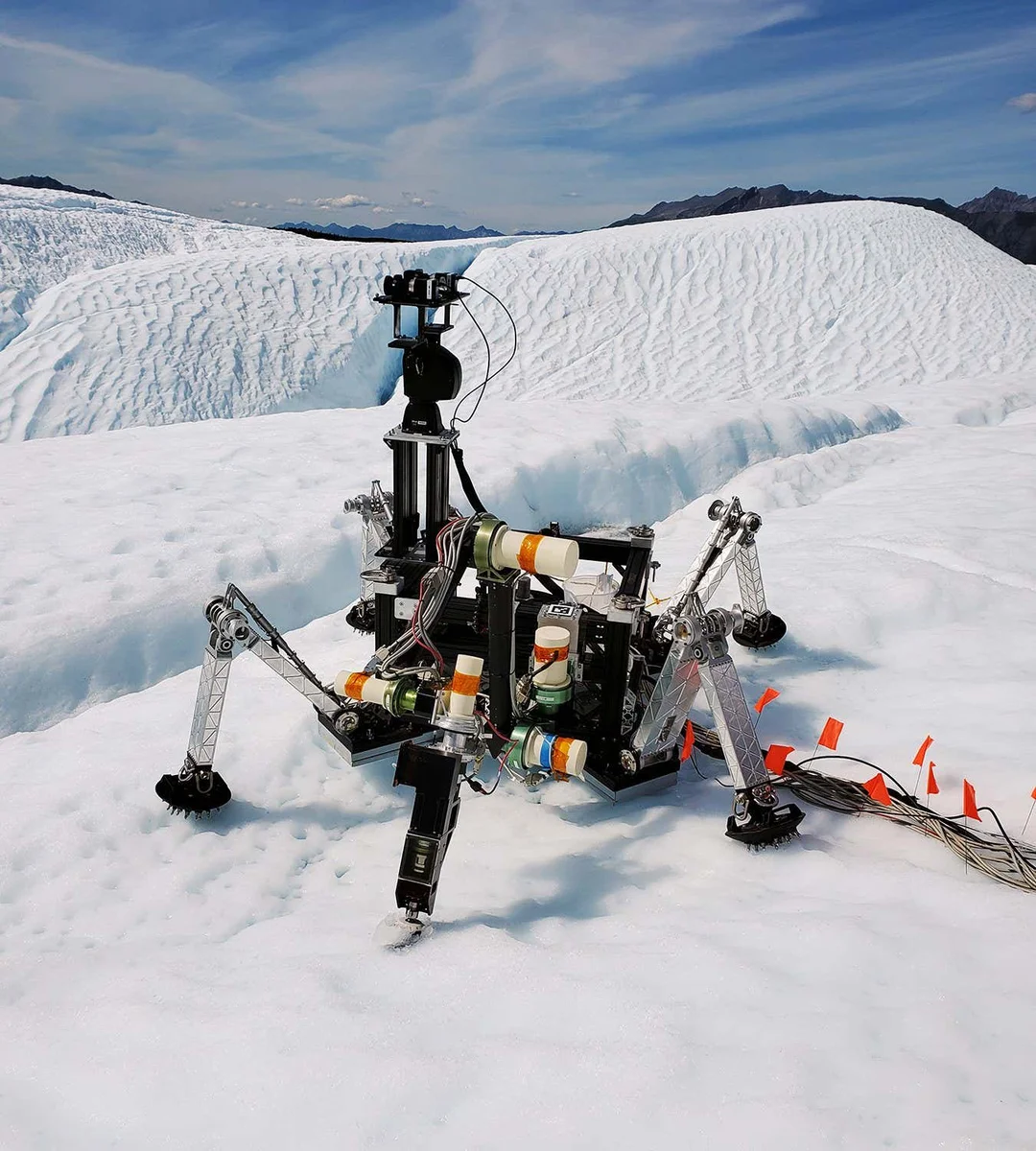
NASA’s Secret Europa Lander: Preparing for Autonomous Life Detection on Jupiter’s Icy Moon
While the world eagerly anticipates upcoming missions to explore Jupiter's moon Europa, a fascinating project has been quietly underway: the development of an autonomous lander designed to search for signs of life beneath its icy surface. This ambitious concept, though not yet officially funded, showcases NASA's commitment to pushing the boundaries of space exploration and astrobiology.
Europa, with its suspected subsurface ocean, is a prime candidate for harboring life beyond Earth. Recognizing the challenges of exploring such a remote and harsh environment, NASA has been prototyping a Europa Lander capable of independent operation and sample collection.

Recent field tests on Alaska's Matanuska Glacier simulated the icy conditions of Europa, allowing scientists to evaluate the lander's capabilities. The prototype, featuring an aluminum frame, stereo cameras, and adaptable robotic arms, demonstrated its ability to drill, excavate, and scoop samples autonomously.
One of the key challenges in exploring Europa is the limited communication window with Earth, dictated by Jupiter's orbit and the moon's extreme distance. This necessitates a high degree of autonomy for the lander. As Joseph Bowkett, lead author of the research, explains, the Europa Lander mockup possesses significantly more autonomy than existing Mars rovers, crucial for operating on battery power and minimizing communication delays.
The lander's design incorporates advanced control software capable of adapting to a range of surface conditions. Its versatile arms are fitted with tools to overcome varied ice depths and gravel dispersal patterns. This adaptability is paramount, considering the limited knowledge of Europa's surface environment.

The technology developed for the Europa Lander could also be applied to other icy moons like Enceladus, where NASA's Jet Propulsion Laboratory (JPL) is developing the Exobiology Extant Life Surveyor (EELS), a snake-like robot designed to navigate plumes and subsurface oceans. While traversing subterranean environments poses a greater technical leap, the lander concept offers a more immediate approach to detecting biosignatures on Europa's surface.
These advancements are crucial as humanity ventures deeper into the solar system. As Bowkett notes, the increasing challenges of remote environments and limited communication necessitate spacecraft capable of making complex decisions autonomously. Ensuring the reliability of such autonomous systems is a key focus for the aerospace industry, particularly with the rapid advancements in AI.
The research paper detailing the "Autonomous Surface Sampling for the Europa Lander Mission Concept" was published in Science Robotics. The successful field tests and ongoing development of this prototype highlight the potential for future missions to uncover the secrets of Europa and potentially discover life beyond Earth. What other innovative technologies do you think are necessary to explore these distant and challenging environments? Share your thoughts in the comments below!